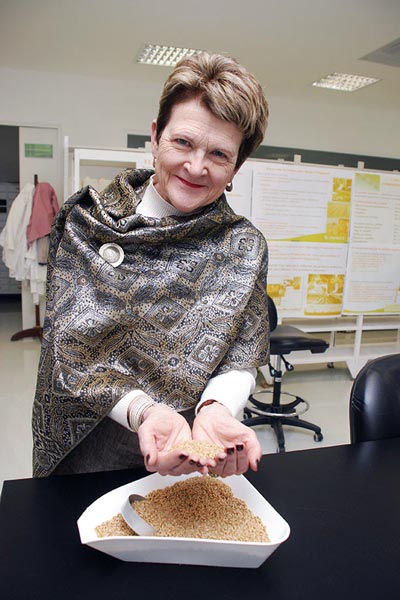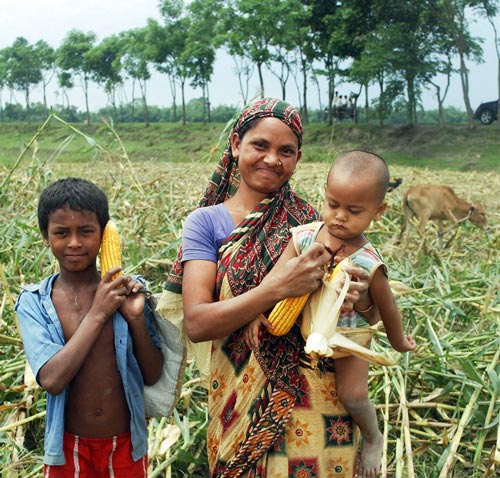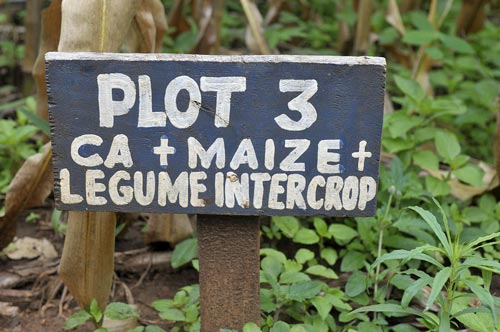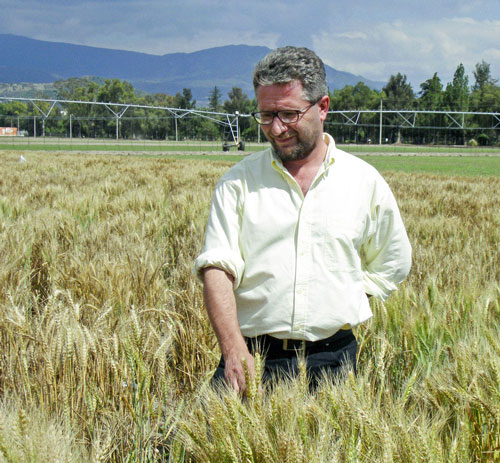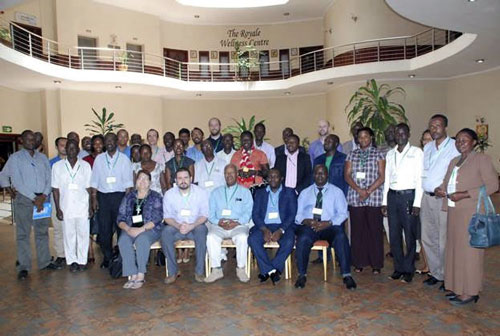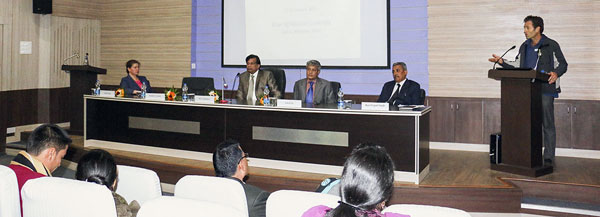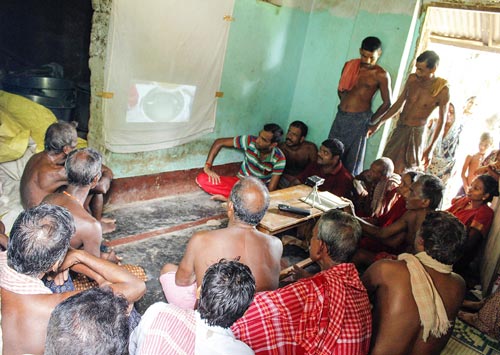CGIAR gender specialists talk International Women’s Day
CGIAR gender specialists met at CIMMYT El Batán last week, 26 February – 1 March, to discuss the next steps in the global comparative field study of gender norms, agency and agricultural innovation. This team of principal investigators from MAIZE and WHEAT will conduct more than 70 cases globally by the close of 2015.
Gender specialists Dina Najjar (DN) of ICARDA, Amare Tegbaru (AT) of IITA and Anuprita Shukla (AS) of Glasgow Caledonian University discuss the cross-CRP gender study, International Women’s Day and women’s rights in the field and the work place.
Why do you think we still celebrate International Women’s Day today, and why do you think that it is still relevant?
AT: International women’s day is one of the greatest milestones—it’s a cry for justice, for fairness, for equality (as we articulate it), endorsed by the United Nations member states. The celebration is not only to show solidarity but also to remind us to renew our commitments—to make relevant the work and research we are doing in science to women, who are in fact constitute over 75% of the labor force in agriculture. It’s a way of questioning ourselves and what we’ve done so far and what we need to do in the future.
What obstacles do you see for women in the field in agriculture?
AS: I haven’t started field work yet, but from my previous experiences in Southeast Asia it is an extremely patriarchal society. The structural discrimination of women will be the hardest problem to address and it might take some time for women to internalize they have a right to the same products and services as men. This is why it is important we create enough opportunity of space for dialogue. Women have been restricted as a whole in society. If there is an opportunity to have dialogue, they will demand their rights.
Is gender just about the women?
DN: It is very important to target both men and women when studying gender. Men hold the social approvals in these communities; if you hold a training for women and their husbands do not allow them to go, then you have a problem. In many of the regions we work in, men hold the power and are the decision makers. You have to involve the men in empowering the women. It is not enough to only target any woman as it depends on the generation and social class of the woman. A woman who is divorced has completely different needs and aspirations than a woman who has children or a woman who is single or has a child in school or a child with no education. It’s not that simple, it’s not just about a woman.
Have you seen a change in women entering the field of science or agriculture?
AS: There are many factors explaining why women didn’t go into these programs but now do. Before, there were no quotas, no incentive for women to join. Speaking from the developing nation perspective, globalization has had a liberalizing effect. It is a gradual change but it is taking place, and hopefully it will become the norm that women are joining science and agriculture programs in equal number to men.
Who is your maize or wheat Superwoman?
DN: My wheat superwoman is a woman named Nafisa from Upper Egypt. She gained land after she was widowed, leaving her with two sons. She cultivates the wheat and manages the land all on her own. Through this land ownership she was selected to serve on committees and became a decision maker in her community. She took on an entirely new role in her community, which was for a female to manage a farm.
She is an amazing woman, just the things she had to endure and the resistance she faced from her family and neighbors. No one supported her, but she stood up to that, because of her desire for a better future for her children. If she does not farm the land it will get taken from her, and if she gets married, the land will be taken from her. This is something unheard of in this very conservative community where it is typically too dangerous for a woman to farm land. She is a pioneering, determined and strategic thinking woman. Many would describe her as a warrior; I personally admire her persistence and courage. She is definitely a wheat hero.
Do you think gender will be more on the agenda in CRP phase 2?
AT: Yes, it should. Firstly because there is strong political support, not only because donors are asking for it, demanding it, putting more money for it, but also because now we are not only talking about gender, we have started delivering on gender as well. So there are results—the number of global gender studies which we have collected in over 70 places would tell how this could be integrated into the next phase of the CRP.

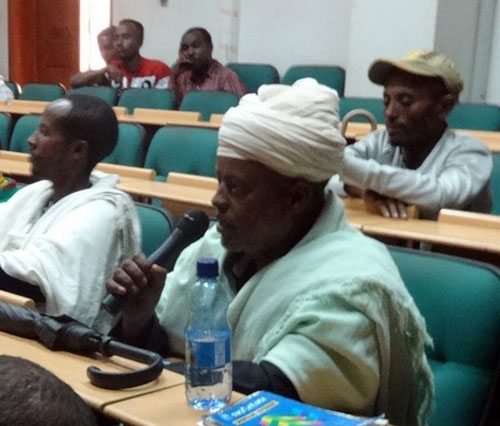
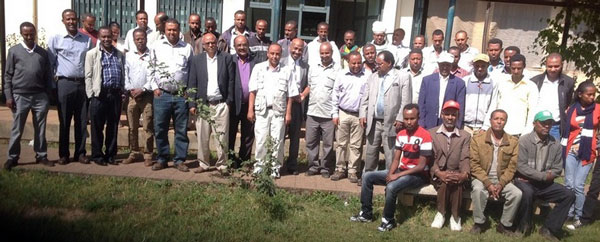
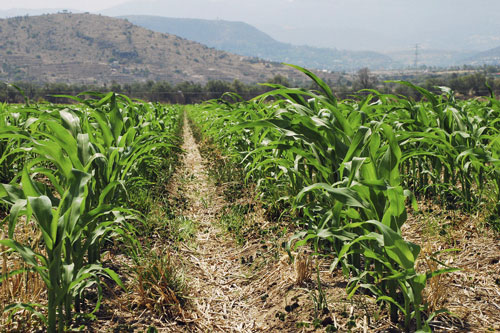 “Sustainable intensification seeks to increase farm productivity while conserving social and ecological resources, said Rishi Basak, consultant for CIMMYT’s Global Conservation Agriculture Program (GCAP) who took part in the event, held during the American Association for the Advancement of Science (AAAS) annual meeting, 12-16 February.
“Sustainable intensification seeks to increase farm productivity while conserving social and ecological resources, said Rishi Basak, consultant for CIMMYT’s Global Conservation Agriculture Program (GCAP) who took part in the event, held during the American Association for the Advancement of Science (AAAS) annual meeting, 12-16 February.
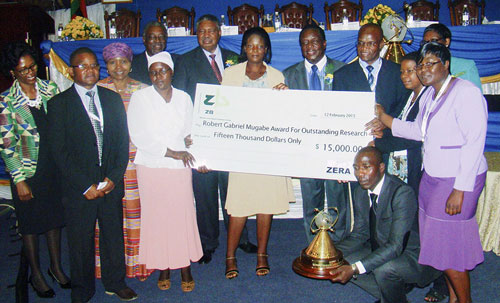

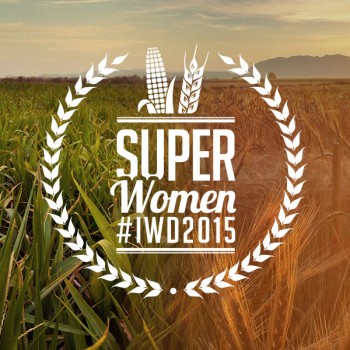 EL BATAN, Mexico (CIMMYT) – A social media crowd sourcing campaign initiated to celebrate the achievements of women has led to more than a dozen published blog story contributions about women in the maize and wheat sectors.
EL BATAN, Mexico (CIMMYT) – A social media crowd sourcing campaign initiated to celebrate the achievements of women has led to more than a dozen published blog story contributions about women in the maize and wheat sectors.
